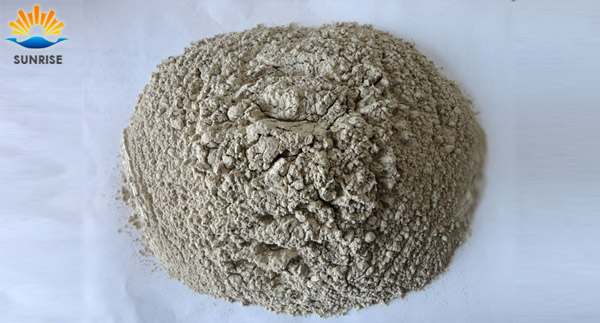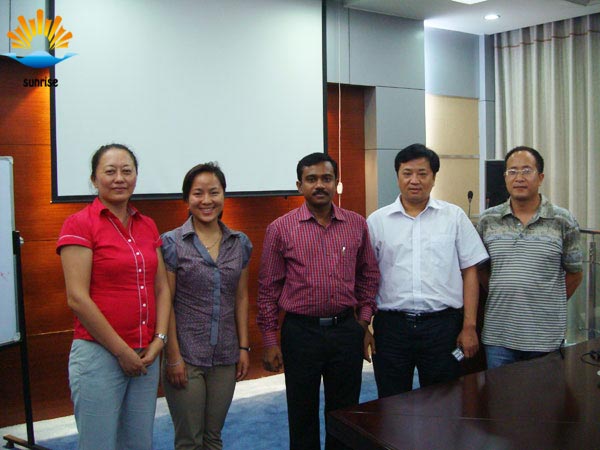
Product List
Success Case
Contact Us
- 0086 371 63838939
- 0086 371 63835539
- sales@sunriserefr.com
- tkfanyi
- No.36 Fengchan Road, Zhengzhou City

News
Selection of Sealing Materials for the Bottom of Float Glass Furnaces
- More related products
- Fused Cast AZS
- Fused Cast Alumina Block
- Fused Cast High Zirconia Block
- Fused Cast Skid Rail Block
After the bottom is insulated, in order to avoid the outflow of glass liquid through the paving bricks, a layer of ramming mass materials is laid between the fire clay insulation bricks and the paving bricks. Currently, there are two kinds of sealing materials used in the bottom of the float glass furnaces: 33# fused cast AZS ramming mass and zirconite ramming mass.

AZS ramming mass is made of 5mm fused cast AZS particles as the aggregate mixed with other materials. It has low porosity, stable properties and can resist the invasion of glass liquid and metals well. Since there are gaps between the paving bricks, glass liquid can penetrate the ramming mass layer through the gaps. When in contact with molten glass, the AZS ramming mass has better corrosion resistance to the glass liquid than zirconite ramming mass since it has a high content of AlO23 and Al2O3 can form a protective layer on the surface to resist the corrosion.
In float glass furnaces, in the early stage, the ramming mass layer is thin and the thickness increases with the increase of the kiln age. In glass furnaces with bubbling and electric flux for producing high quality glass, the bottom temperature increases and the fixed layer of molten glass decreases. The thickness of the ramming mass layer is different according to its melting capacity. In order to ensure the safety and stable production, the ramming mass layer of large glass furnaces are thick.
In soda-lime glass furnaces, AZS ramming mass is used; in low alkali glass furnaces, zirconite ramming mass is used. Currently, for float glass furnaces with an output of more than 500t/d, the ramming mass layer is generally 35-45mm thick; for small glass furnaces, it is 25mm thick.
Leave Message
For more information on any of our products please get in touch using the form below. One of our sales team will respond to your enquiry as soon as possible.

Copyright © 2014 Zhengzhou Sunrise Refractory Co., Ltd. 豫ICP备13002126号












